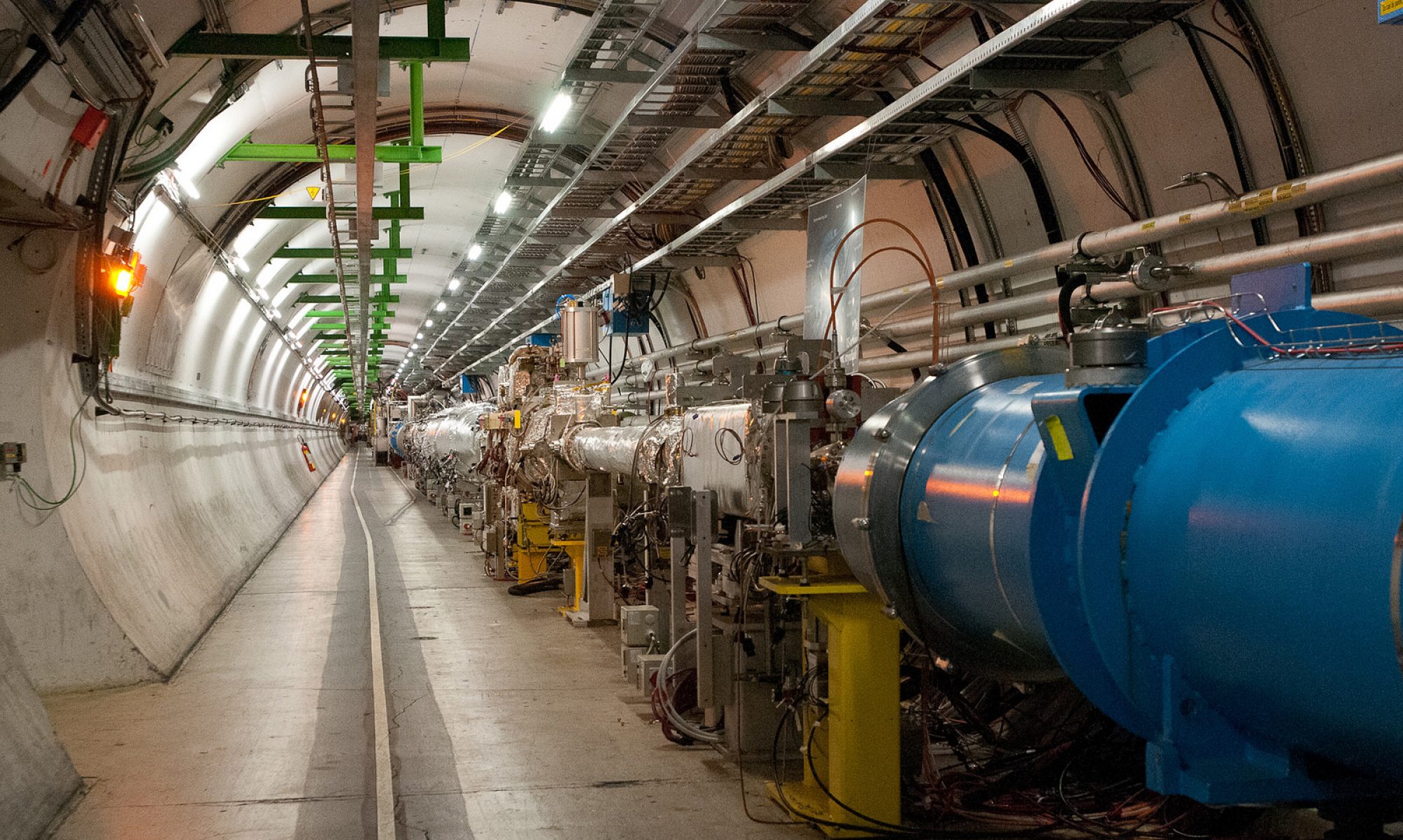Earlier this week, I submitted my first grant proposal to a federal funding agency. The Department of Energy established an “Early Career Award” program this year using $25 million in ARRA (Stimulus Plan) money. The money was intended to provide a generous budget for 5 years to each of 30-40 young researchers (no more than 10 years from the award of their Ph.D.). The Office of Science provided applications for their research programs, High Energy Physics (HEP) included. Several of us in the physics department here at SMU put in applications.
The ECA program replaces the Outstanding Junior Investigator (OJI) program that has been a mainstay of the DOE for years. ECA is a program on par with the National Science Foundation’s Early Career Award program, which has existed longer. The challenge was that the deadline for OJI, cancelled this year, is typically in November. The deadline for the ECA was Sep. 1. For a new faculty member, like myself, starting on Aug. 1, this was a difficult but rewarding process.
I learned several things along the way. First and foremost, you have to have a clear and articulated vision of the next five years of your research life. That vision has to be both compelling and realistic. It must be explained clearly and concisely. After all, with a limit of 15 pages on the “Project Narrative” portion of the application, you cannot be Shakespeare. This was an opportunity for me to focus on my scientific writing. I’ve written many papers, but in collaboration with others. This time, I was basically on my own with support from the faculty here at SMU. Nobody was going to be my editor.
My first draft was terrible. After restructuring it, I achieved a working organization of my ideas. It clearly laid out priorities, topics, and goals. However, my grammar was terrible. My writing process is very specific. First I vomit ideas onto paper.Then I organize them. Then I edit them. With such limited time, I was showing ideas + organization to my peers at SMU, but not grammar. There was no time to edit before handing over a draft for comments. Consequently, I think I gave a bad impression to some of my colleagues. I have never been cavalier about my writing, but the deadline forced my process too much.
In the end, I was happy with all parts of the document. I feel committed to the ideas laid out in the proposal. I felt that they were described clearly and that the program was reasonable for a 5-year period, with clear avenues of extension beyond the first five. Of course, none of this means that I’ll get the award. I’ve found, however, that if I hate the proposal then nobody else is going to like it.
The other major lesson was that I am not alone. SMU has an excellent Research Office that works with you to prepare the application. I was able to focus on the Narrative while they focused on the paperwork. We coordinated signatures from Deans and other important folk. I felt more pressure to think than to do other things associated with an application. This is a good thing.
The proposal got out the door on schedule. This process gives me confidence that I can do this again, and again, and again, until I secure funding from outside sources. Mainly, I am excited to get to work on the things in the proposal.

